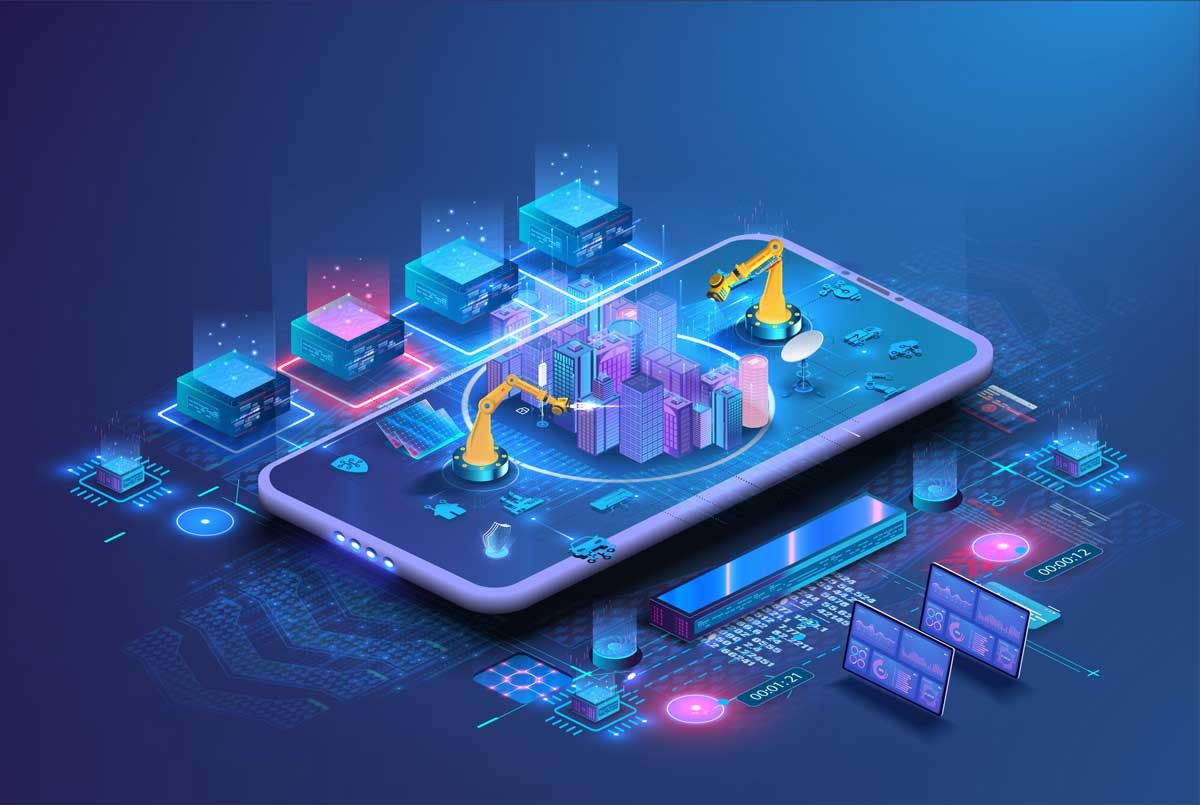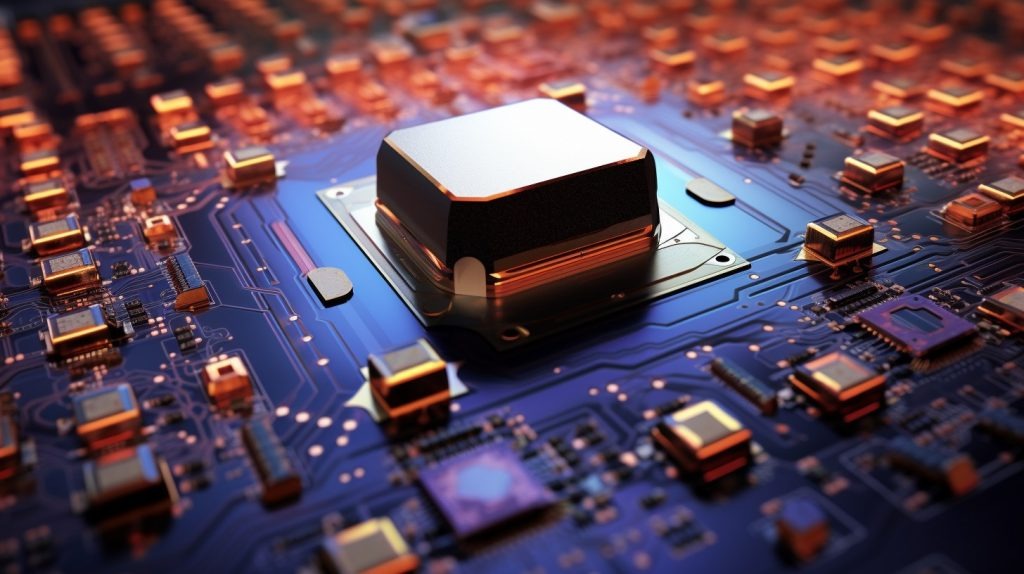In the ever-evolving landscape of technology, the concept of digital twins has emerged as a groundbreaking innovation. Over the past decade, digital twins have gained prominence, particularly in the realm of software simulation. This article delves into the profound impact of digital twins on software simulation, shedding light on their significance, applications, and the future they promise.
Understanding Digital Twins
Digital twins are virtual representations of physical objects, processes, or systems. These representations are created by integrating real-time data, IoT sensors, and advanced modeling techniques. The primary goal of digital twins is to mirror the physical entity as closely as possible, allowing for in-depth analysis, monitoring, and optimization.
Types of Digital Twins
- Product Digital Twins: These represent physical products or assets, enabling design, testing, and maintenance in a virtual environment. For instance, in the automotive industry, product digital twins can simulate the performance of a car under various conditions.
- Process Digital Twins: These focus on replicating manufacturing processes, helping optimize production, reduce downtime, and enhance efficiency. Industries like manufacturing and chemical processing have embraced this technology to streamline their operations.
- System Digital Twins: These mimic complex systems, such as smart cities or healthcare systems, offering insights into system behavior and performance. System digital twins are instrumental in urban planning and healthcare management.
The Synergy of Digital Twins and Software Simulation
Software simulation has long been a critical tool for engineers and developers in various domains, including aerospace, automotive, and healthcare. The advent of digital twins has augmented the capabilities of software simulation in numerous ways:
Enhanced Realism
Digital twins provide an unprecedented level of realism in software simulations. By continuously updating with real-world data, they offer a dynamic and accurate representation of the physical counterpart. This level of fidelity is particularly beneficial in fields where precision matters, such as aviation, where flight simulators with digital twins simulate real-world conditions with remarkable accuracy.
Predictive Analysis
One of the most significant advantages of digital twins is their ability to predict future behavior. Software simulations empowered by digital twins can forecast equipment failures, product performance, and system behavior. This predictive capability is invaluable for maintenance planning and risk mitigation.
Reduced Development Time and Costs
In product development, digital twins can expedite the prototyping phase by allowing engineers to experiment with various design iterations in a virtual environment. This not only reduces the time to market but also minimizes the costs associated with physical prototyping and testing.
Improved Training and Education
The integration of digital twins in software simulation has transformed training and education across industries. From medical students practicing surgeries on virtual patients to pilots undergoing realistic flight training, digital twins have become indispensable tools for skill development.
Applications Across Industries
The influence of digital twins in software simulation transcends industry boundaries. Here are some notable applications:
Healthcare
In the healthcare sector, digital twins are used to create anatomical replicas of patients for personalized treatment planning. Surgeons can rehearse complex procedures on these digital replicas, enhancing surgical precision and patient outcomes.
Aerospace
Aerospace engineers harness digital twins to simulate aircraft performance under various conditions, facilitating design improvements and safety enhancements. Airlines also benefit from digital twins by optimizing maintenance schedules and reducing downtime.
Manufacturing
Manufacturing processes benefit from digital twins by identifying bottlenecks, optimizing workflows, and predicting equipment failures. This leads to increased productivity and cost savings.
Energy
The energy sector employs digital twins to monitor and manage power plants, predict equipment failures, and optimize energy distribution. This enhances the reliability and efficiency of energy systems.
The Future of Digital Twins in Software Simulation
The growth trajectory of digital twins in software simulation is promising. Several factors contribute to their continued expansion:
Advancements in IoT and Sensor Technology
As IoT and sensor technology continue to evolve, the data collected from physical assets will become more comprehensive and real-time. This influx of data will further enhance the accuracy and utility of digital twins.
AI and Machine Learning Integration
The integration of artificial intelligence (AI) and machine learning (ML) algorithms with digital twins will enable these virtual representations to adapt and optimize autonomously. This will lead to more efficient systems and processes.
Cross-Industry Collaboration
Industries are increasingly recognizing the benefits of digital twins and are collaborating to develop standards and best practices. This will promote interoperability and foster innovation in software simulation.
Regulatory Support
Regulatory bodies are recognizing the value of digital twins in ensuring the safety and reliability of critical systems. This support will encourage more industries to adopt digital twin technology.
Conclusion
The upsurge of digital twins in software simulation is revolutionizing how industries operate, innovate, and train their workforce. The synergy between digital twins and software simulation offers unparalleled realism, predictive analysis, and cost-saving opportunities. As technology continues to advance, we can expect digital twins to play an even more significant role in shaping the future of software simulation across diverse sectors. Embracing this transformative technology is not just a choice but a necessity for staying competitive in today’s fast-paced technological landscape.



